TENMA 72-8155 digital LCR meter
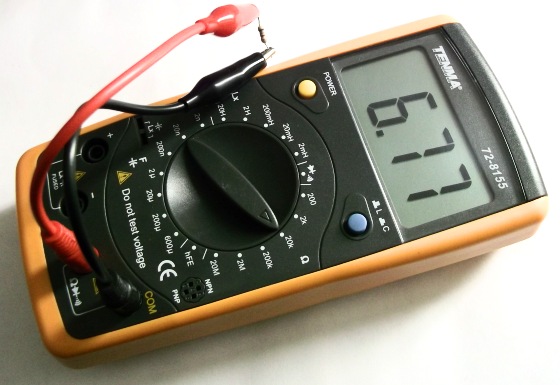
|
|
An LCR meter is an extremely useful device for measuring three basic impedance elements, namely, Inductance (L), Capacitance (C), and Resistance (R). Recently, I got a TENMA 72-8155 digital LCR meter from Newark for review. I was very excited to receive it as I didn’t have a dedicated LCR meter in my home lab. Here’s my quick review of this product.
A brief overview of the TENMA 72-8155 LCR meter
The TENMA 72-8155 is a decently priced hand-held digital multimeter to measure impedance parameters. It is capable of measuring capacitance, inductance, resistance, and transistor hFE, with reasonable accuracies (listed later). This instrument can also test diodes and continuity with an audible buzzer. With a fashionable body design, this handy meter runs on a 9V alkaline battery (included in the package) and displays the value of a measured parameter on a 3 and 1/2 digit LCD display. The physical dimensions of the meter are 6.77″ (H) x 3.27″ (W) x 1.50″ (D).
The range of measurement is selected manually through a rotary switch, like in a typical digital multimeter. The following tables show the ranges of LCR measurements and corresponding expected accuracies, as described in the manufacturer’s datasheet.
Note: High-voltage capacitors must be discharged before testing.
The selection between L and C measurement is done with a push switch located at the top right corner below the display unit. The following picture shows a closer view of the meter and describes its structure.
Now lets do some real measurements. While measuring a parameter, always select the appropriate range for better resolution and accuracy. For example, if you want to measure a capacitor value between 2 to 20 nF, the range of 20 nF provides the best accuracy. I measured some random value capacitors and inductors, and the meter readings were found pretty consistent with their rated values (see pictures below).
One of the best uses of this meter is finding the inductance of a coil. Inductive coils are extensively used in oscillator and RF circuits. Knowing the inductance of a coil simplifies the design and debugging of an oscillator circuit.
The minimum range selection for resistance measurement is 200 ?. While this range can measure resistances between 0 and 200 ?, extra care should be taken for an accurate measurement of low resistances. For example, the pictures below show the meter reading for a 0.22 ? resistance. The output shows 0.4 ?, which is almost twice of the actual value. The additional resistance comes from the measuring leads. If you short the two leads, the meter shows 0.2 ?. This short circuit resistance must be subtracted from the meter reading to obtain accurate measurements in case 0f low value resistances.
The meter can also measure transistor hFE. The picture below shows hFE reading for a BC557C PNP transistor. The reading shows 490, which closely agrees with the value described in the datasheet of BC557C.
Summary
TENMA 72-8155 is a handy digital meter for measuring impedance parameters. The meter provides wide ranges of LCR measurements with decent accuracy. It can measure transistor hFE, and also offers diode and continuity testing features. The measurement of low values of LCR is affected by the parasitic impedance of the connecting wires (leads). Therefore, the short circuit impedance of the connecting leads must be considered while measuring low LCR values. For datasheet and pricing info, visit the product page.
|
|

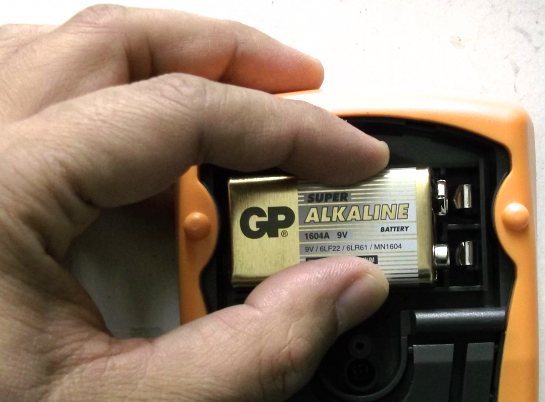

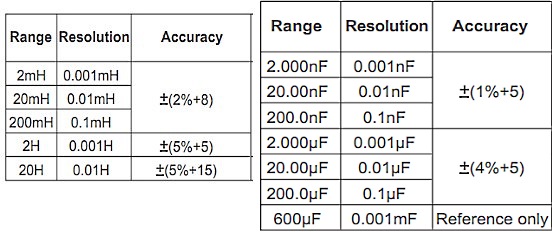

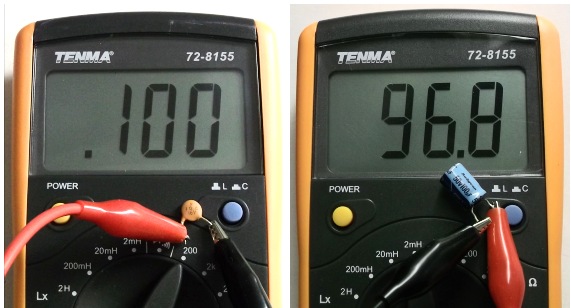
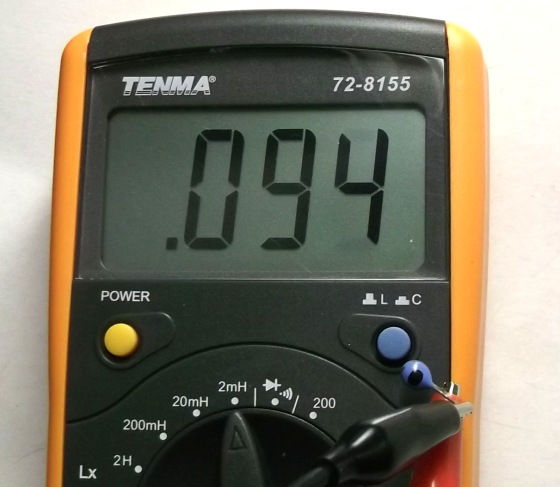

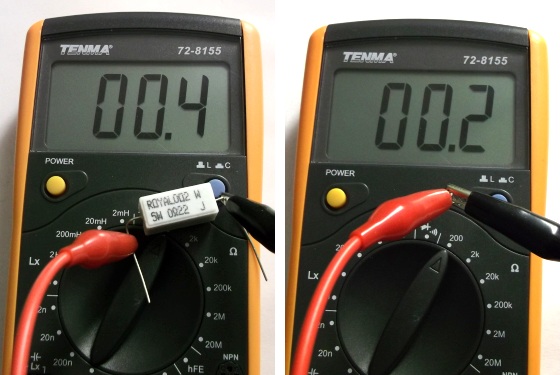
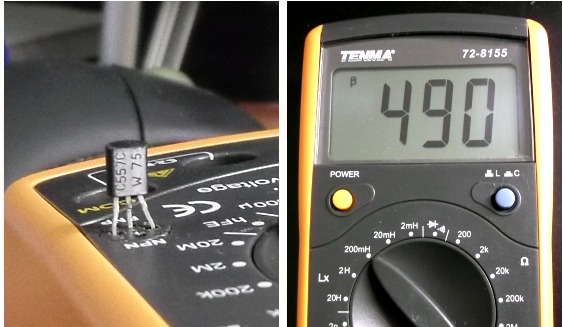
This digital LCR Meter looks good! Nice review, thanks. I’ve seen some really great models here too: http://www.directindustry.com/industrial-manufacturer/lcr-meter-84863.html
Dear sir
We are from srilanka.We want tenma 72-8155 R C L meter’s manufacturing country? Where by it at srilanka ? what is the prize?
thank you
yours
R. KUNASEKAR
Dear sir
We are from srilanka.We want tenma 72-8155 R C L meter’s manufacturing country? Where we by it at srilanka ? what is the prize?
thank you
yours
R. KUNASEKAR
Looks like a rebadged of Uni-Trend UT603?! http://www.uni-trend.com/UT603.html#
I’m also considering the Tenma 72-8155 as my first LCR meter for audio design work as I don’t have the budget yet to get the newly released Agilent U1733C LCR & ESR meter with a maximum test frequency of 100 kHz.
send me 1 pis for try
i want to make my own circuit diagram and want to ask you sir which of the circuit design software do you used in making your circuit diagrams that they look so nice
I used MS Powerpoint.
Nice but looks a bit overpriced in my view. In my country from newark/farnell/element14 it costs $64 tag price in.element14.com/tenma/72-8155/multimeter-lcr/dp/1283643?Ntt=45M5528 And obviously there’s 14% tax and shipping extra.
I want make it with pic MCU + 16*2 LCD .can u help me ?